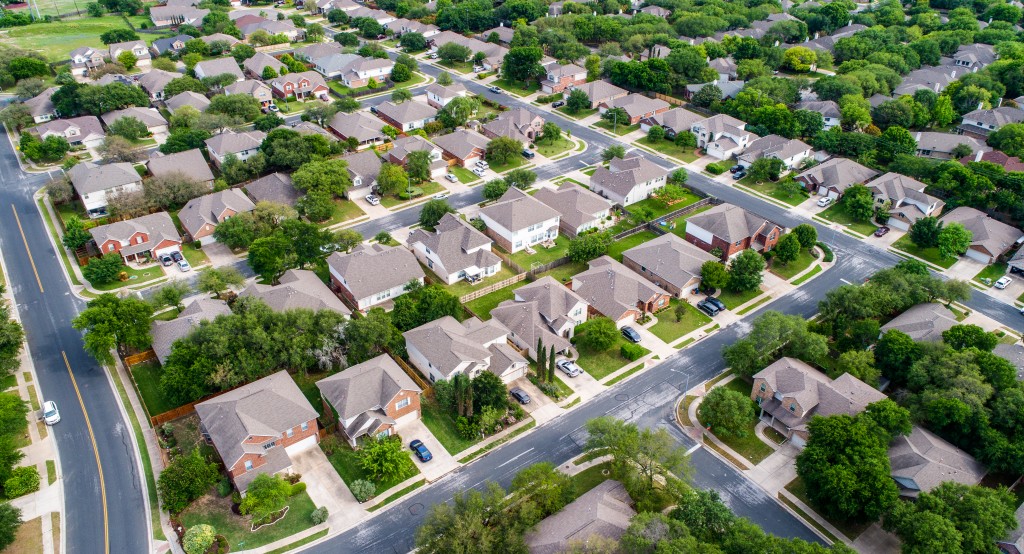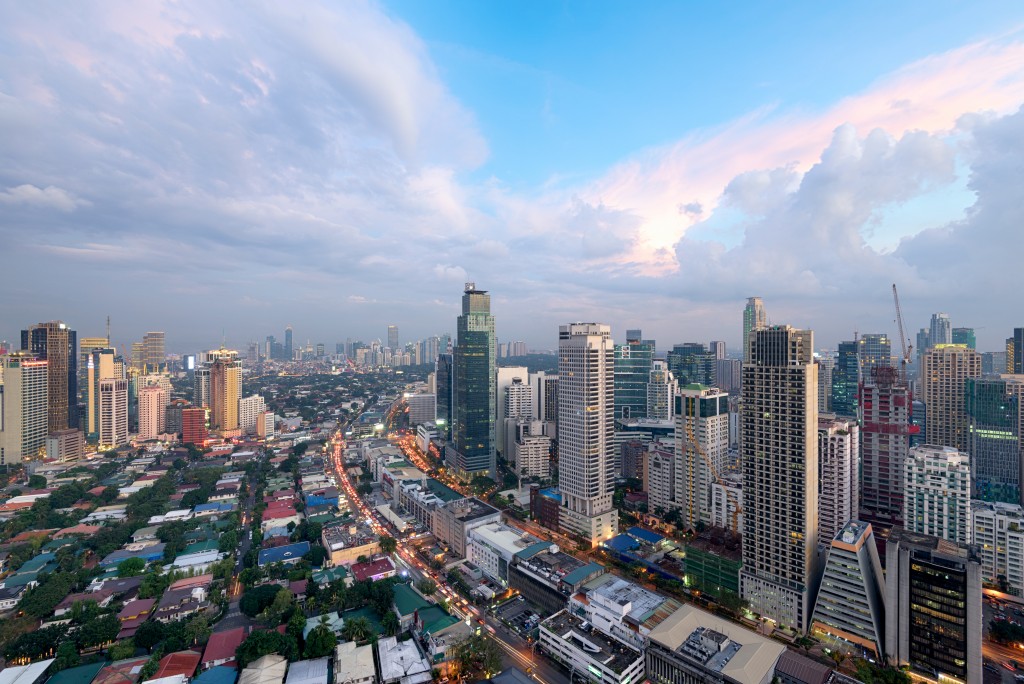Over the years, we’ve come to expect that people will want to migrate to the big cities. There are better job opportunities available; young people seeking to prove themselves and build up their career experience can get off to a great start. And while you’re at it, why not enjoy the many conveniences and attractions you can find in a major city?
However, we may have reached a tipping point in recent times. It’s possible that living in the city is no longer attractive to an increasing number of people. If you’re about to make a career move or negotiate rent, you may want to reevaluate job options and consider USDA loans to live in rural areas instead. Here are some factors that could end up swinging your decision.
The pandemic as a trigger
The unprecedented impact of COVID-19 can be a significant catalyst for change in the way we view city living. The coronavirus is most easily transmitted through contact with infected surfaces and breathing respiratory droplets through the air. It’s become a recommended safety practice for everyone to wear a face mask, practice physical distancing, and carry disinfectant supplies when in public.
However, the typical big city lifestyle involves too many common scenarios of high exposure. People living in an apartment or condo can share indoor areas, such as the elevator or stairs, with dozens, if not hundreds of people. Getting around through public transportation or ride-sharing has likewise become risky.
The various amenities and leisure options that draw many people to the city are struggling to resume their normal operations while assuring public safety. Retail shopping and eating out at restaurants might never be the same experience. Social interactions have become restrained as well. For many people, the big city is simply proving to be a disappointing place to live in the post-pandemic world.

Getting pushed out
The threat of infectious diseases is hardly new. Cities throughout history have struggled with this sort of problem. Whenever the human population clusters together in significant densities, urban planners have had to solve the challenges of sanitation and waste management that could lead to the spread of infectious diseases.
Advances in medical science and innovations in infrastructure and development have primarily reduced or offset these dispersion forces. This has led to the agglomeration of ever-greater numbers of people and the rise of modern megacities over the past several decades.
But now, the combined strength of dispersion forces might be too great to overcome. Even before our latest recession, many people had already complained about the high cost of living in our major cities. The expenses of rent, food, and transportation meant that even having access to a better job might only be enough to make ends meet.
With companies now forced to accommodate remote working arrangements, employers and workers alike are growing accustomed to the virtual office environment. And if you can work from home, you don’t have to live in proximity to your company’s HQ or other people. You could live in another state or country and still get the job done. In the long term, this could be the development that encourages people to migrate away from the big city.
A better alternative
Unless you’re rich, cities have become increasingly unaffordable. They also offer far fewer attractions and amenities as we continue to recover from the effects of the pandemic. But if there were no better alternatives, people would surely adapt. We’re a resilient species; we can find ways to make do with less and brave greater risks if there’s no other choice.
Fortunately, that isn’t the case. In the years before the pandemic, research already showed signs that more people were seeing the American countryside as an attractive place to live. While new entrants to the workforce were busy looking for jobs in the cities, professionals in their 30s and above were demonstrating a trend of moving back to the country.
Quietly, people have been rediscovering the small-town setting. They realize that you can save far more money with a rural cost of living while getting paid to work from home at competitive rates. They enjoy plenty of access to nature and wide-open spaces; it’s an excellent environment for your physical activity and mental health.
This movement has been changing the narrative and the outdated perception that small towns are a dull place to live. With the influx of money, activity, and talent, rural areas are making strides in development. They are a viable alternative to the congested, dangerous, and expensive cities. And the sooner you make a change for the better, the longer you’ll be able to enjoy a high quality of living.
